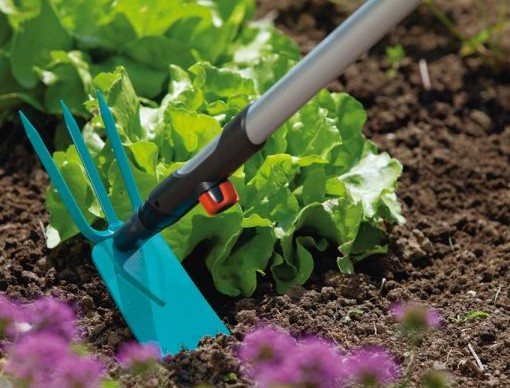Garden soil surprise you with its diversity. They come in loose, dense, sandy, clayey, rich, poor in organic matter... One characterized by a high transmissive ability of water. Is the land good holding her. Every site owner should at least know the acidity of its soil. Acidic and alkaline soils differ not only in chemical composition but also on the possibilities of growing their respective crops.
The weeds are widespread. At each station, they are different. Many of them, like crop plants, need certain conditions. So an abundance of clover, sundew rotundifolia suggests that the soil lacks nitrogen. Quinoa, chickweed, Buttercup caustic, Sambucus nigra indicate a high content of nitrogen mustard — phosphorus. The soil is rich in calcium, if it grow a sunflower, a lady's slipper. Belous sticking, fern, Heather, dog violet indicate low calcium content. On soils with a high carbonate content of sea buckthorn is growing. But unkempt and too dense a soil is a perfect place for mother-and-stepmother ordinary and quack grass.
Fertile soil is "habitat" goutweed ordinary, stinging nettle, creeping Buttercup, plantain, dandelion... If among these plants the main weight falls on the plantain, then you are dealing with dry soil. The dominance Buttercup is a feature of moist soil. On the capriciousness leading nettle. So, if your garden and the garden grows this weed, then you're lucky. For the soil on which it grows nettles, characterized by the porosity, saturation, organic matter. Land with these weeds is of interest to people planning to grow a lush perennials.
Acidic soil "avoid" green mosses, Heather, mint... In a medium to slightly acidic soil common horsetail, fern, poisonous Buttercup, cornflower, milkweed... Shepherd's purse, sweet clover, chamomile, wild radishes prefer soil with a neutral acidity. Alkaline soil is poppy, slumber white, Ajuga, elm rough. Interesting fact – in alkaline soil growing pulmonaria with violet flowers on acid — pink.
If the area you noticed the dandelions and buttercups, therefore, the soil is heavy and clay, too wet. Most often, this soil is found to have not recyclable area. This soil is poor in oxygen. Therefore, when planting at this site the soil is dug up, lay a drainage layer and planting the pits of the earth replaced by a loose and fertile. Although this area is well suited for some ornamental plants (Japanese iris...).
In light, acidic and degraded soils is dominated by thickets of sorrel and wild violets. Such soils are well adapted for such acid-loving culture as ropes, rhododendrons.
Individually growing plants naturally cannot serve as a reliable indicator of soil type. But at the same time, and they are useful. In particular, they can indicate the optimal location for a given plant. On the ground, Vimes would be appropriate Phlox paniculata. Horsetail will point to the rationality of Siberian irises. Earth by applying it to bobovnik, ground – bees.
Dig up a dandelion, you free ideal for delphinium. Mustard field correctly will be replaced with St. John's wort, plantain — Catnip, linecom, cleavers — chrysanthemums, cornflowers.
As you can see, the definition of weeds prevalent in the area, gives the opportunity without any tests to quickly determine the composition of the soil and therefore its fertility. It is sufficient to look at the weeds, and to determine what measures should be taken to improve the properties of the soil to increase its productivity.
